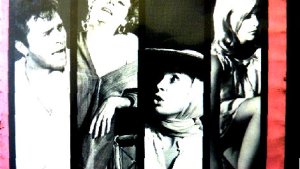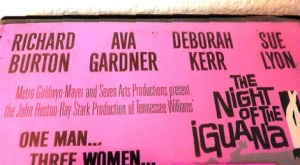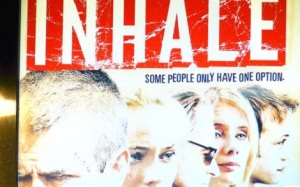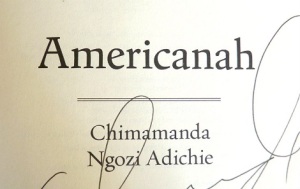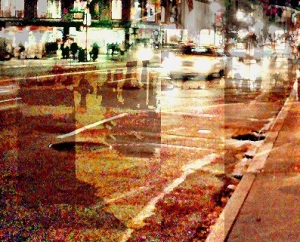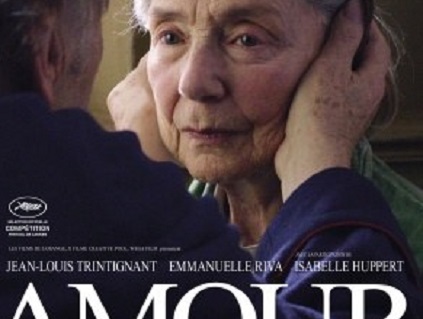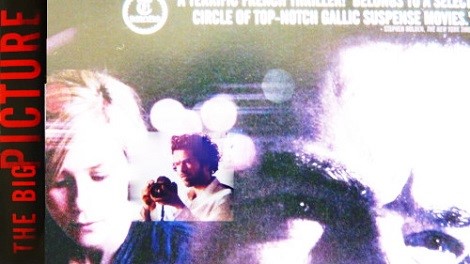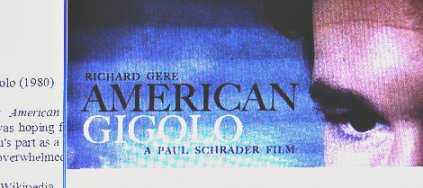 I finally saw American Gigolo. Richard Gere and Lauren Hutton’s chemistry is functional. I was hoping for something more from Hutton. I can imagine Farah Fawcett playing Hutton’s part as a senator’s wife looking for something deeper in a husband; but then she would’ve overwhelmed the screen with bouncy hair.
I finally saw American Gigolo. Richard Gere and Lauren Hutton’s chemistry is functional. I was hoping for something more from Hutton. I can imagine Farah Fawcett playing Hutton’s part as a senator’s wife looking for something deeper in a husband; but then she would’ve overwhelmed the screen with bouncy hair.
According to Wikipedia, Christopher Reeves and John Travolta were on the line-up to play Julian Kaye. Sorry, but it’s hard to picture Reeves playing a gigolo. Superman is not quite Eros, in my neck of the woods.
Travolta would’ve been the ideal one, with all his New York, Italian-American charm that loves to overdose on street cool. But I don’t feel L.A. in Travolta. Gere looks L.A. in this film, laid back, even the side-view nude shot of Julian beside a window appears laid back, just hangin, as though daylight gives him a serious case of erectile dysfunction. Anyway, I think Gere handled whorish charm on Rodeo Drive just fine, without announcing he is one. That’s so L.A.: so flat, but so not flat as well.
The story is not bad. I could sit through it again. Where I have a problem is the reason Julian Kaye – Gere’s character – is framed for someone’s murder. This part of the story is not convincing enough for me. Julian’s pimp – played by Bill Duke – says Julian is framed because he is easy to frame, and that he doesn’t particularly like Julian. I’m not sure about that argument, which appears to lock the story in a dead-end.
I was hoping for a bigger or deadlier drama before Gere’s Julian is framed, something very personal to the pimp that would drive him to the edge, and device a heinous plot against one of his priced employees. But then perhaps Paul Schrader was trying to tell something I just didn’t get.
~

